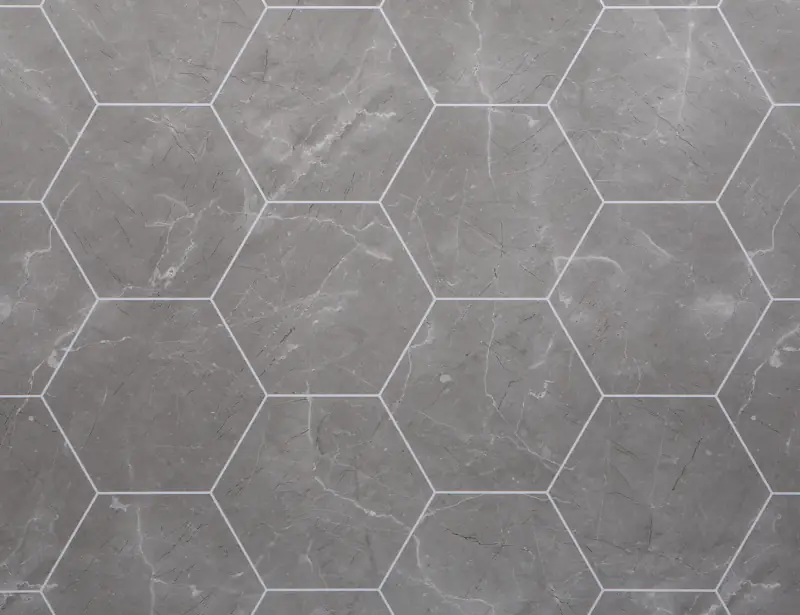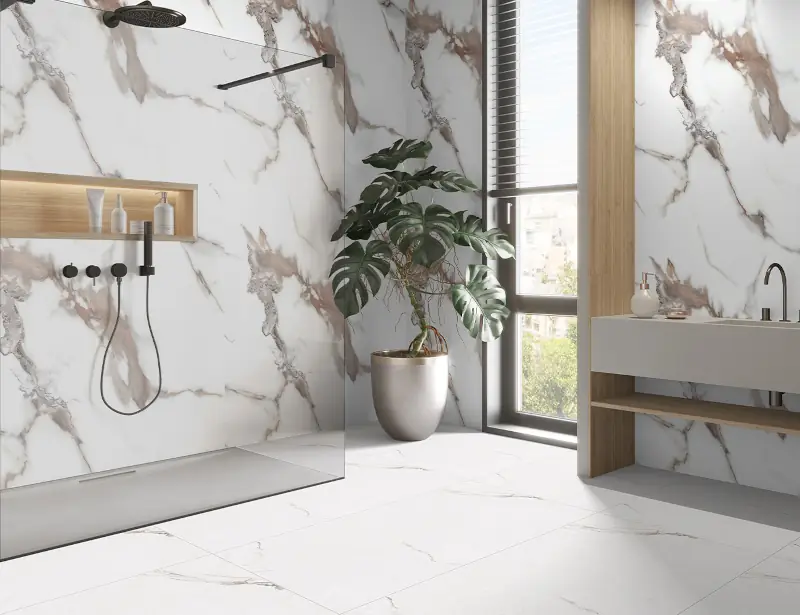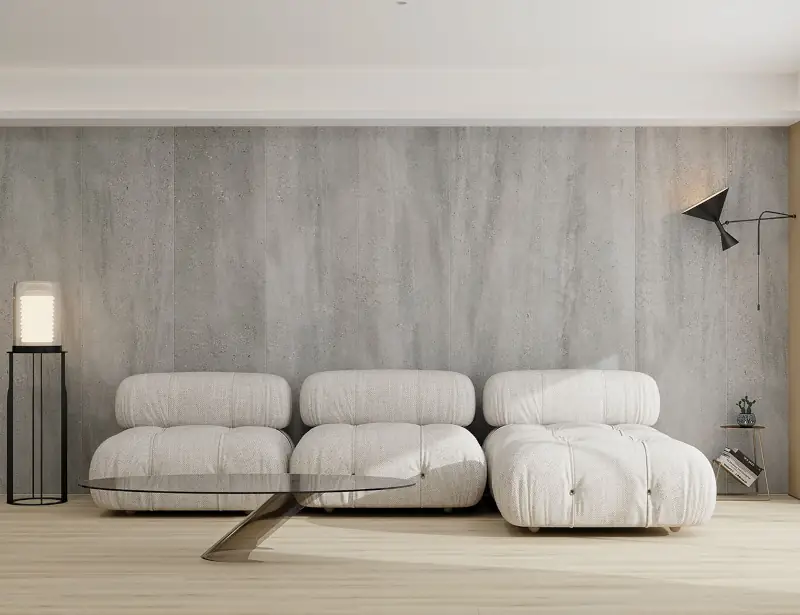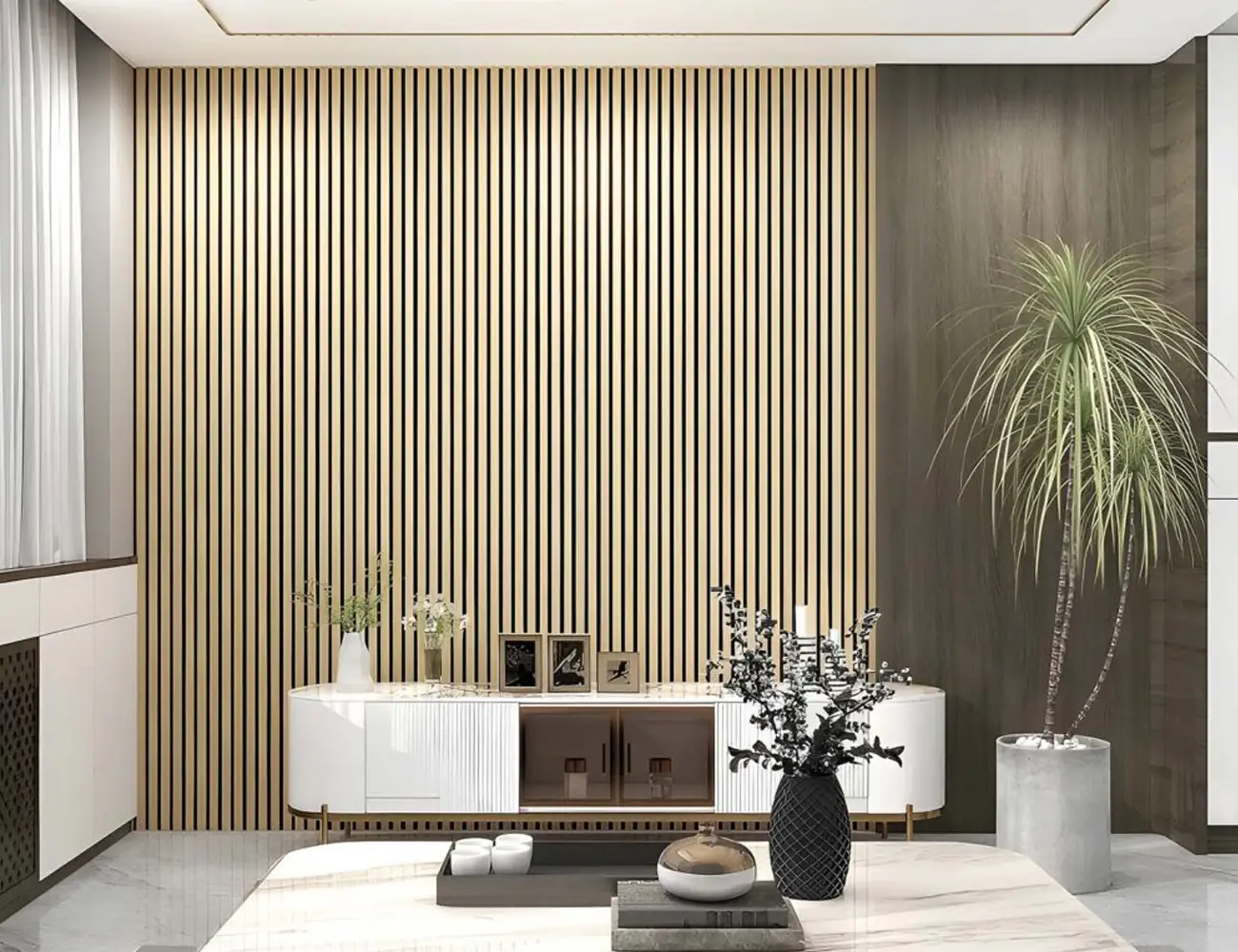How to redesign your bathroom, Wall Panels
How Do I Install Panels Around Wall Fixtures and Fittings?
There are plenty of good reasons to choose to install panels when redecorating your bathroom (or indeed any other room in your home). They are fast to fit and easy to manage, even if you’re not adept at DIY.
There are common questions surrounding the use of these panels. One of the more common ones concerns how to fit them when you come up against wall fixtures and fittings. These could be shower trays or cubicles, for example, if you’re fitting the panels in a bathroom.
If you are cladding your bathroom ceiling along with the walls, you should tackle this first. By the time it’s finished, you’ll feel more confident about tackling any fixtures or fittings that might disrupt the wall installation.
Start with the finishing trims
A bath or shower tray requires a finishing trim to be fitted prior to installing the wall panels. Measure the length and width of the bath along the walls and make a note of the measurements. Do the same if you have a shower tray.
You can then replicate the measurements along your finishing trims. Remember, if you’re going into a corner, you’ll need to cut a mitre finish to insert the angle. This is best done once the strip has been cut to length.

CladSeal adhesive can then be run along the back of the finishing trim and along the wall and the bath where it will sit (or the shower tray). The upper side of the trim – the part that is hidden behind the wall panels – has screw holes in it. These allow you to put some screws through into the wall to keep the trims in place while the waterproof seal is formed and dries.
Do you need to cut any panels?
Once you have your finishing trims in place and you’ve installed the internal/external corner trims as appropriate for your room, it’s time to start installing the panels.
You may find you need to cut each panel, so it fits snugly between the ceiling and the floor (or bath or shower, accordingly). Measure and double-check the measurement, then measure and cut the panels with a fine-tooth saw to achieve a good finish.

Since the panels are so easy to cut, you can use the same technique to cut odd shapes out of them if required. For example, you may have a staircase nearby jutting into your bathroom and providing a cut-off in one wall. If so, measure the angle and draw a clear line on the panel to be cut.
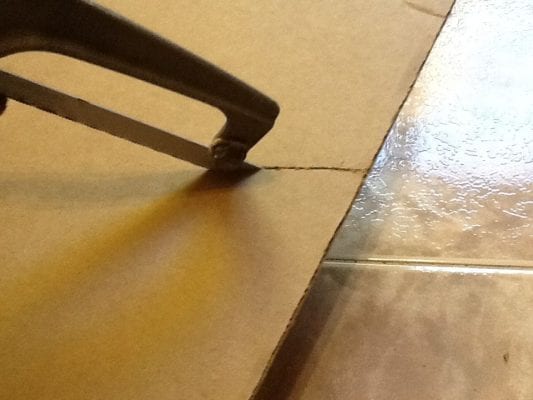
If you prefer, you can make a cardboard template that fits the wall perfectly before you attempt to cut a panel with a strange angle to it. This means you need only move the cardboard template over to the PVC wall panel to repeat the cut.
However, you can see there are easy ways to complete it to achieve the best results.

